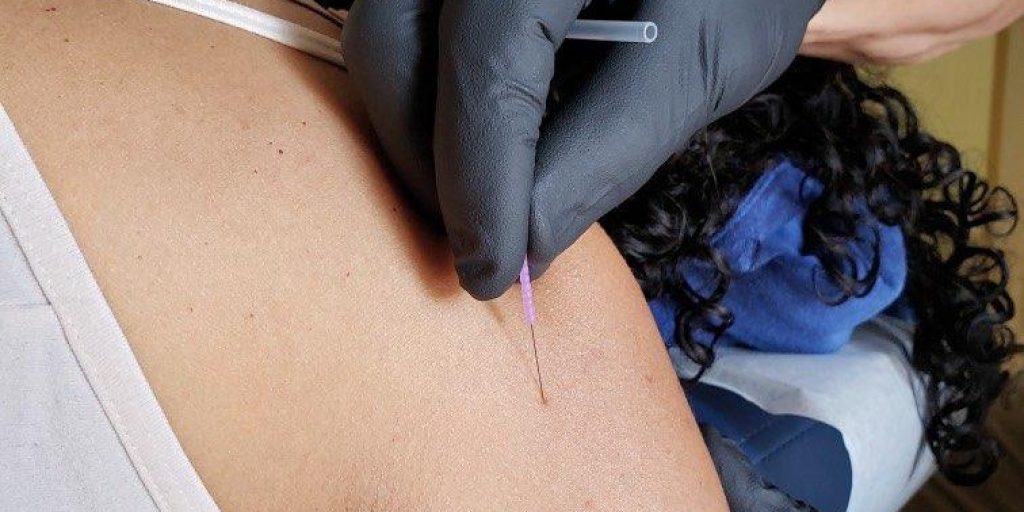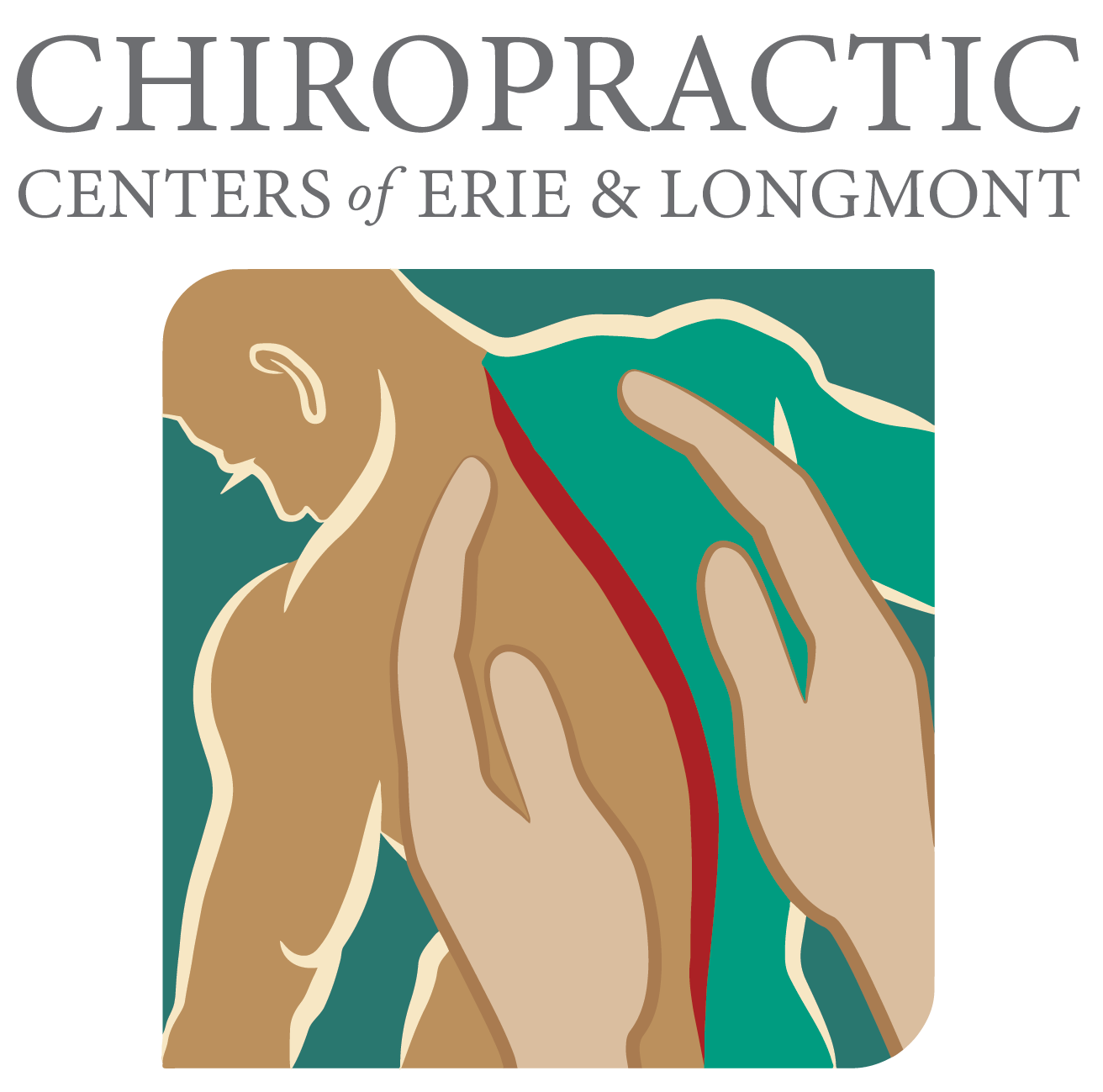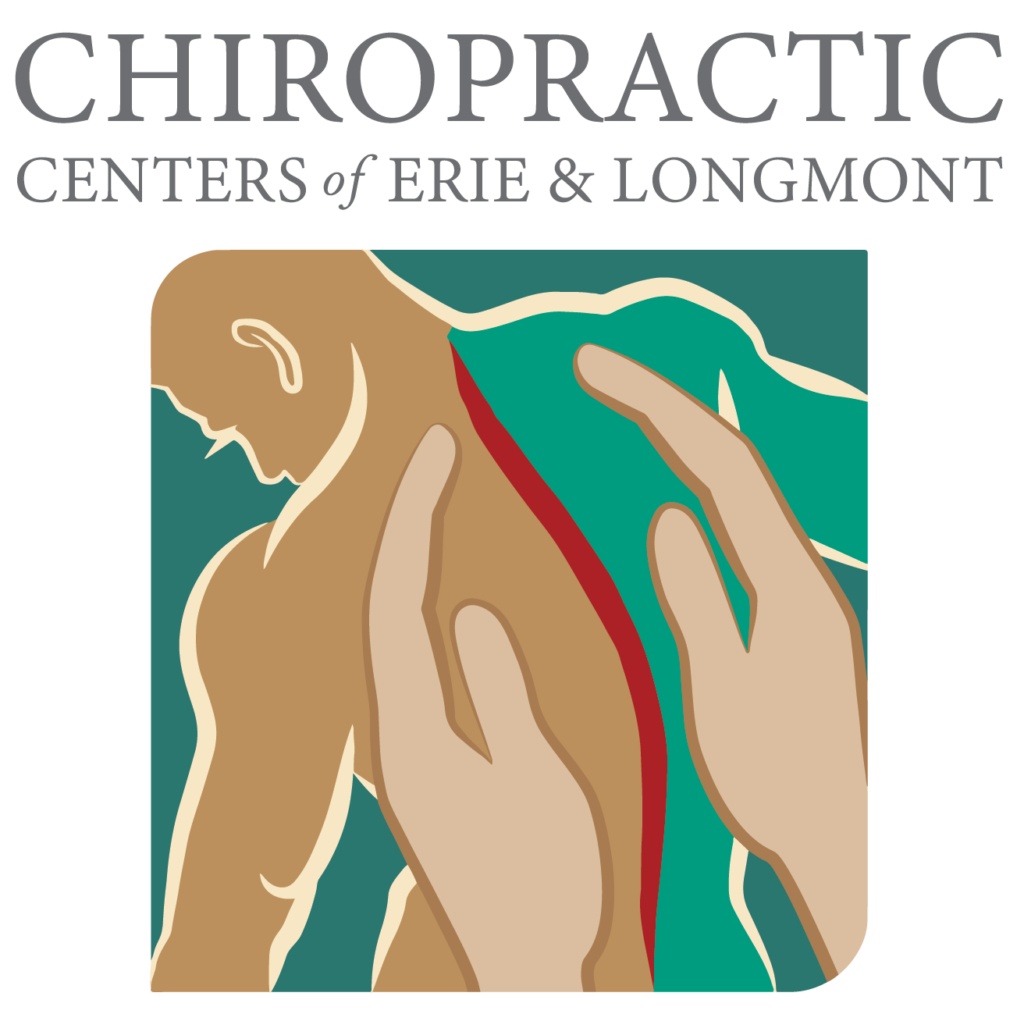Dry Needling

With the revolutionary power of chiropractic dry needling, you can now unlock the full potential of your body. It is like having your own personal superhero powers—imagine being able to take care of aches and pains in your body before they become chronic and long-term issues. Or being able to recover quicker from injuries and boost your physical fitness faster. All of that is made possible with dry needling.
What is dry needling and how does it work? Dry needling is a form of physical therapy that uses thin needles to target specific areas of tense or tightened muscles. The needles help to facilitate the release of muscle knots, allowing for more mobility and improved range of motion. Dry needling is not really “needle therapy” per se. It is better thought of as a form of neuromuscular therapy that helps to restore balance to the body—balancing out muscle tightness and overuse, as well as improving range of motion and flexibility.
In this post, we will explore how chiropractic dry needling works and can help you unlock your hidden potential. From its benefits and how it works, to identifying the right chiropractor for you and the frequent questions patients have. We are here to show you the superhero powers of chiropractic dry needling and help you get the most out of your body’s natural talents. Unlock your body’s potential—it is time to upgrade your superpower.
Quick Answer
Chiropractic dry needling is an acupuncture-like treatment that uses filiform needles to target areas of tight muscle fibers and trigger points. This type of needling can help reduce muscular tension and pain, improve mobility, and speed up the healing process.
What is Dry Needling?
Dry needling is a therapy that has become increasingly popular in recent years for treating musculoskeletal injuries, reducing pain, and restoring mobility. This technique uses thin filiform needles inserted into the skin to stimulate muscles, nerves, and connective tissue. It is important to note that dry needling is different from acupuncture, a form of Traditional Chinese Medicine.
Proponents of dry needling claim it can be used to release tension, reduce trigger points caused by muscle knots, increase circulation, speed up recovery time for injuries, and potentially correct physiological dysfunction which can cause lasting pain or discomfort. Those who back dry needling believe it can help lessen symptoms of fibromyalgia, carpal tunnel syndrome, lower back pain, and chronic tendinitis. There have been several scientific studies with positive results in support of dry needling’s benefits.
With all this said about dry needling unlocking your body’s potential, it is time to take an even deeper look at just how does it work?
How Does Dry Needling Work?
Dry needling is a form of therapy used to treat musculoskeletal pain by means of inserting thin needles into trigger points in the body. It works by stimulating the muscle’s sensory receptors which helps to reduce pain and tension, allowing for improved flexibility and mobility. It can alleviate various conditions, including neck and back pain, headaches, sciatica, and many more.
One study involving one hundred participants reported a significant decrease in pain as well as improved quality of life when compared with other physical therapies. In addition, another small study found improvements in range of motion and reduced spasms following a course of dry needling treatments.
Despite questions about its efficacy, the growing popularity of dry needling highlights an undeniable truth about our bodies – that we all have the inherent potential for self-healing when the proper therapeutic interventions are provided. Fortunately, with advances in medicine and opportunities like dry needling, this potential can now become a reality. The next step is understanding how this targeted therapy can yield even more far-reaching physiological benefits for those who seek it out as part of their health journey.
Physiological Benefits of Dry Needling
The physiological benefits of dry needling are numerous and go far beyond the comfort of the patient. This type of trigger point therapy works to reduce sun-level pain by improving how the muscle fibers move, transforming them from inactive to active with each treatment session. The precise placement of the needles further helps to break up adhesions, improve circulation, and help muscles to relax and release tension. Patients have also reported improvements in energy levels, decreased stress, improved mobility, and an overall feeling of well-being because of their dry-needling treatments.
Dry needling is widely accepted as a safe and effective form of myofascial pain management for both short-term and long-term health improvements. From reduced inflammation to greater mobility and range of motion, there is ample evidence that dry needle therapy can provide relief from chronic pain while simultaneously strengthening your body’s natural healing response.
The Benefits of Dry Needling
There is much debate surrounding the use of dry needling, with some proponents claiming that it holds numerous benefits for one’s physical and mental health, while others are more hesitant due to concerns over safety. Proponents of dry needling suggest that this technique can help unlock tremendous potential in one’s body, as well as being able to provide a host of useful treatments. For example, clinicians suggest that dry needling can reduce pain, improve physiological function, and even assist with recovery from sports injuries. In addition to this, studies have suggested that dry needling may also help reduce stress and promote relaxation by allowing patients to focus their attention on the areas of treatment.
The use of manual thrusting and force used during treatment can be beneficial since it allows a clinician to apply greater pressure to specific areas and muscles where tension is held. During these treatments, an increased number of endorphins are released into the body as neurotransmitters which function as natural painkillers and help relax tight muscles, relieving tension and restoring balance in the body. This can then lead to improved flexibility and range of motion as well as improved overall posture, thanks to the restoration of muscle balance all over your body.
Through the combination of manual thrusting and force alongside dry needling treatment, practitioners are able to open up pathways for healing within their client’s bodies whilst providing relief from chronic pain or other musculoskeletal issues. The careful application of these two techniques allows for an overall sense of improved wellbeing which can give people the confidence they need to live life to its fullest potential.
Now that we have discussed the power unlocked by Manual Thrusting and Dry Needling techniques, let us shift our focus toward how this combination can lead to reduced pain and improved mobility.
Reduced Pain and Improved Mobility
The benefits of dry needling to try muscle pain have been extremely promising, with many patients seeing reduced pain and improved mobility because of treatment. For instance, studies have found that dry needling can reduce the duration of myofascial tender points in the body, meaning they cause less discomfort while still providing lasting relief from chronic pain conditions such as headaches and low back pain. People who are recovering from sports-related injuries can also benefit from dry needling, as several studies have found it to be effective in improving tissue healing, range of motion, muscular tension, and spasms.
As these results suggest, chiropractic dry needling has the potential to provide significant relief for people suffering from musculoskeletal and other soft-tissue disorders. However, it is important to note that there can be some risks associated with this type of treatment, such as bruising and soreness at the site of insertion. Therefore, anyone considering dry needling should speak to a professional before having the procedure done.
Despite these potential risks, many people have had positive experiences with dry needling due to its ability to provide relief without relying on invasive surgery or drugs. By unlocking your body’s potential through chiropractic dry needling, you can enjoy improved mobility and decreased pain with little-to-no downtime. So, what is next? To explore who should get dry needling and how it can help them achieve their goals both professionally and personally, we turn our attention now to uncovering what these individuals may have in common.
Who Should Get Dry Needling?
Dry needling is a safe, non-invasive therapy that can dramatically reduce pain and improve mobility for a variety of physical conditions. This technique has numerous benefits for athletes and others who seek to unlock their body’s potential.
Athletes may benefit from dry needling if they are looking to maximize performance or reduce pain caused by overuse injuries. Professional and recreational athletes alike are finding dry-needling therapists an important part of their regular care routine to stay healthy and injury-free. People with chronic pain may also benefit from this form of therapy as it can provide relief without the use of drugs or surgery. While dry needling is often used in combination with other therapies such as massage and chiropractic adjustments, it can be used on its own to target deep tissue damage and help alleviate pain.
On the other hand, it should be noted that not everyone is a suitable candidate for dry needling. People with bleeding disorders or those who have recently undergone radiation treatments should avoid this type of therapy as it can cause further injury or discomfort. Additionally, due to the potential risks, individuals taking anticoagulant medications are strongly advised not to undergo dry needling treatments.
Fortunately, there is an abundance of research that proves the efficacy of dry needling in treating a variety of chronic aches and pains. It has been found to successfully treat lower back pain, sciatica, neck pain, rotator cuff tendinitis, neck impingement syndrome, plantar fasciitis, and more. With evidence pointing towards its effectiveness, dry needling is increasingly gaining recognition as a highly effective treatment option for many different muscle-related issues and conditions. What to expect during your first visit for a chiropractor Dry Needling therapy in Erie or Longmont.
Services
What We Treat
Patient Types
FAQ
Frequently Asked Questions and Explanations
Yes, chiropractic dry needling is safe when performed by qualified practitioners. The procedure involves the insertion of a thin needle into a muscle to cause a muscle twitch response. While some mild discomfort may occur during the procedure, it is generally very tolerable and has few risks. During the procedure, practitioners take exceptional care to ensure that they are using sterile needles that have been properly disposed of after use. They also make sure to limit their needle insertions to only one muscle at a time to minimize any uncomfortable sensations. Additionally, after the dry needling session is completed, practitioners often provide stretches or other techniques to help with recovery as well as ongoing care strategies for reducing tension and pain over time. Based on these safety precautions, chiropractic dry needling can
Chiropractic dry needling is a form of physical therapy that involves the insertion of thin individual needles into targeted areas of the body. These targeted areas are often known as trigger points, which can cause pain, discomfort, and limit mobility. Inserting the needles into these trigger points allows for the release of tight and shortened muscles, thereby reducing pain and improving muscle function. In addition to this, dry needling is also used to reduce swelling and inflammation, improve blood circulation, and restore homeostasis in the affected area. In many cases, chiropractic dry needling has been shown to provide long-lasting relief from acute and chronic conditions in a relatively brief period.
Chiropractic dry needling is a form of treatment used to provide relief from various musculoskeletal, orthopedic, and neurological conditions. It is primarily recommended for patients with pain or abnormal activity in the muscles and tendons, such as spasms, knots, trigger points, or adhesions. These conditions can cause muscle pain, tightness, and stiffness. In addition to the common chronic neck and back pain, chiropractic dry needling may also be used to treat certain neurological pain disorders such as radiculopathy (nerve root irritation) or herniated discs. Dry needling may also help reduce symptoms related to chronic pain syndromes such as fibromyalgia, myofascial pain syndrome, and temporomandibular joint dysfunction (TMJ). Other conditions that can be treated with dry needling include sciatica, rotator cuff injuries, and plantar fasciitis. The treatment can be applied both pre- and post-injury, reducing discomfort and improving functional mobility in the involved area.

